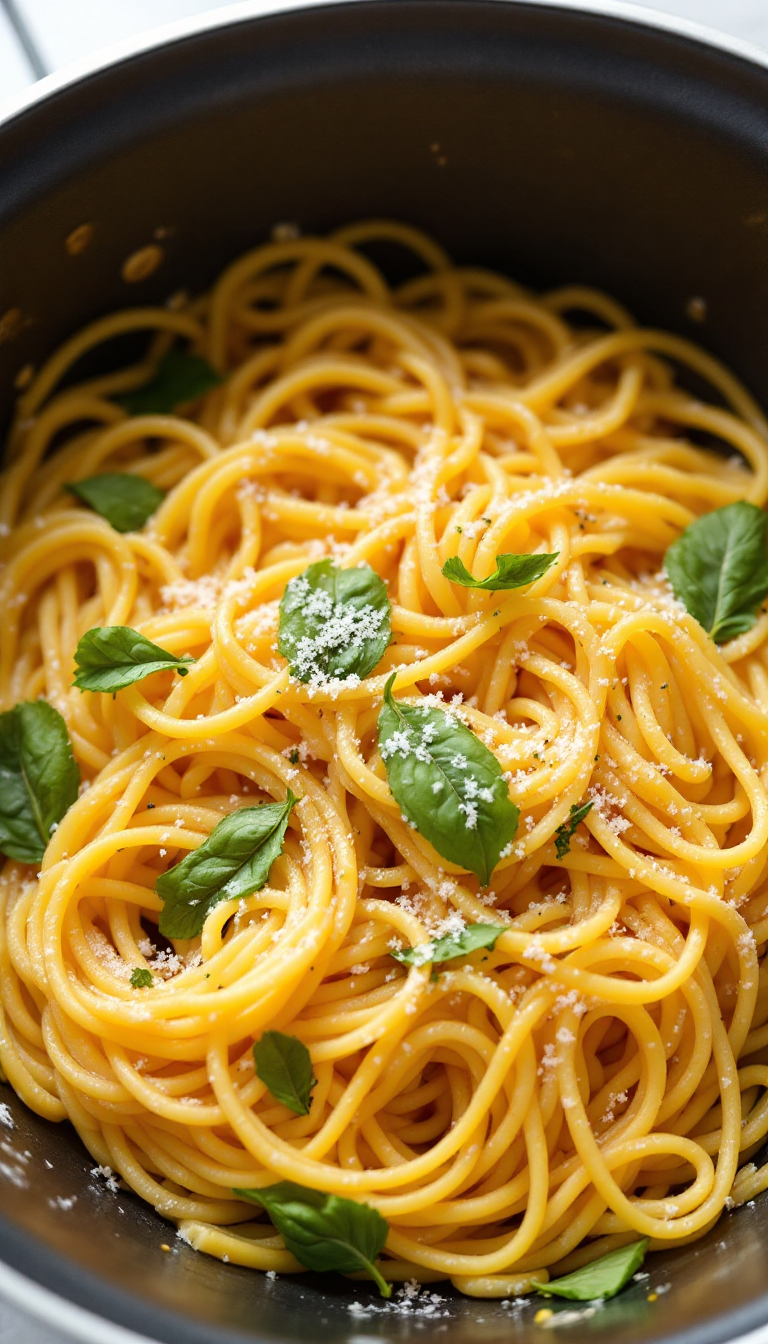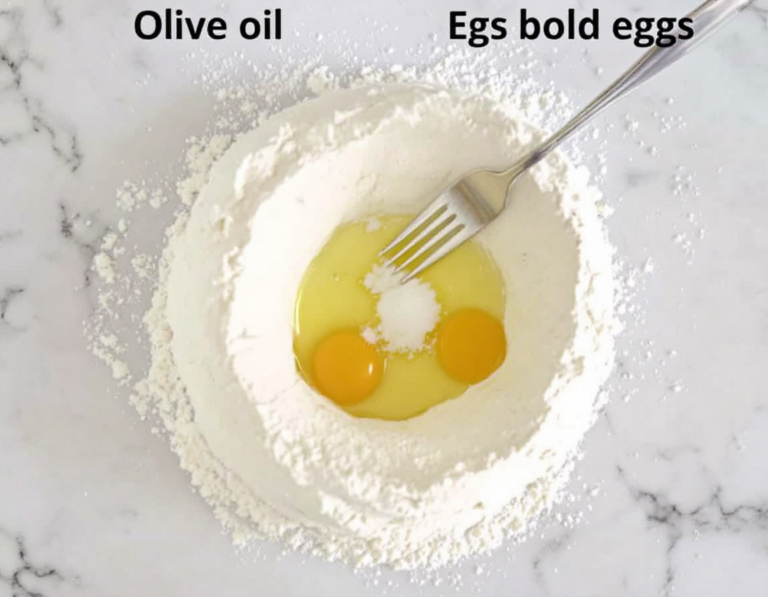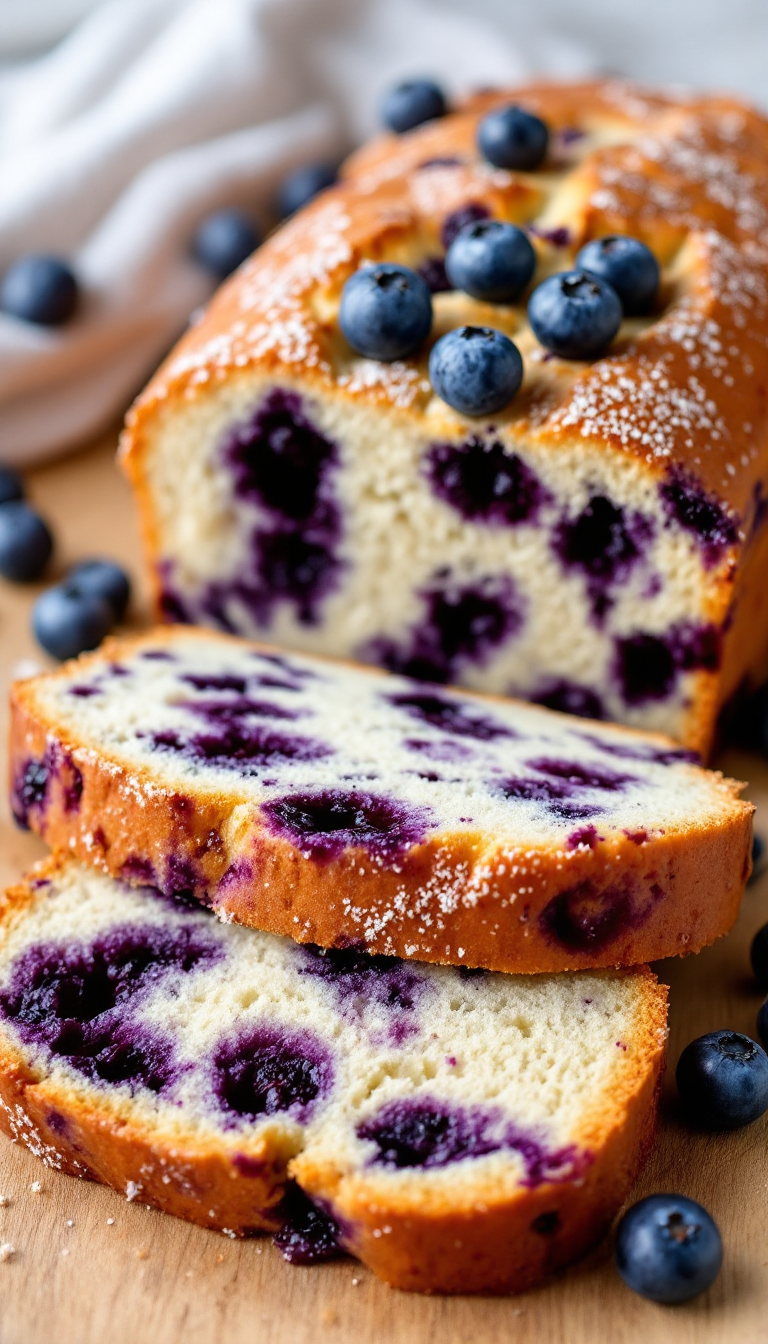Ah, the joy of fresh pasta—nothing quite compares, right? It’s like a warm hug for your taste buds, with each bite taking you on a little culinary escapade.
(Remember that time when, out of nowhere, everyone was baking bread during the lockdown? Yeah, well, homemade pasta is so much more rewarding!
) Whether you’re a seasoned chef or just dabbling in the kitchen, these easy pasta recipes promise to bring smiles to your family’s faces. So, dust off that rolling pin and let’s get our hands a little floury!
Steps
- Create a well with the flour on a clean surface, then add eggs, olive oil, and salt to the center. Use a fork to gently break the eggs, ensuring the flour walls remain intact.
- Gradually incorporate the flour into the wet ingredients using your hands, forming a shaggy ball of dough. Knead the dough for about 8 to 10 minutes until it becomes smooth and cohesive.
- If the dough feels dry, add a little water to your fingers and continue kneading. If it’s too sticky, sprinkle more flour on the surface. Once smooth, shape into a ball, wrap in plastic, and let it rest for 30 minutes.
- Divide the dough into four equal parts, and flatten one piece into an oval. Run it through a pasta maker on the widest setting three times, or follow instructions for your specific pasta maker.
- Fold the dough by bringing the short ends to the center and then folding in half lengthwise. Roll it out to your desired thickness, passing through progressively thinner settings on the pasta maker.
- Repeat the rolling and folding process with the remaining dough pieces. Lightly flour each sheet and lay it on a baking sheet, sprinkling flour between layers to prevent sticking.
- Use a pasta cutter to slice the sheets into noodles of your preferred shape. Boil the fresh pasta in salted water for 1 to 2 minutes, then serve as desired.
Ingredients
- 2 cups all-purpose flour
- 3 large eggs
- 1 tablespoon olive oil
- 1/2 teaspoon salt
FAQ
- What ingredients do I need to make homemade pasta?
- You only need four basic ingredients: all-purpose flour, eggs, olive oil, and salt. These simple components come together to create delicious, chewy pasta.
- How can I roll out the pasta dough if I don’t have a KitchenAid attachment?
- If you don’t own a KitchenAid pasta maker attachment, you can use a regular pasta maker and follow its specific instructions to roll out the dough.
- What should I do if the pasta dough feels too dry or too sticky?
- If the dough seems too dry while kneading, sprinkle a little water on your fingers and continue kneading it in. If the dough becomes too sticky, dust your work surface with more flour to balance the consistency.
- How should I cook the fresh pasta once it’s made?
- Cook your fresh pasta in a pot of boiling salted water for about 1 to 2 minutes. Fresh pasta cooks much faster than dried pasta, so keep an eye on it to achieve the perfect al dente texture.
- How can I store leftover fresh pasta?
- You can store leftover fresh pasta in the refrigerator. Wrap it in plastic wrap and it will stay fresh for up to two days.
Tips
- When mixing the dough, if it feels too dry, wet your fingers slightly and continue kneading to help incorporate moisture. If it’s too sticky, simply dust your work surface with extra flour to balance it out.
- Allow the dough to rest for 30 minutes at room temperature after kneading. This rest period is crucial as it allows the gluten to relax, making it easier to roll out the pasta.
- For more uniform pasta sheets, fold the dough over itself into a rectangle after the first few passes through the pasta maker. This will help ensure even thickness and longer strands.
- Ensure each side of the pasta sheets is well-floured before folding or cutting to prevent the noodles from sticking together during storage or cooking.
Equipment
- KitchenAid Stand Mixer
- Pasta Maker Attachment for KitchenAid Stand Mixer
- Regular Pasta Maker (if not using the KitchenAid attachment)
- Pasta Cutter Attachment (for different pasta shapes)
- Rolling Pin (if not already available at home)

I’m Heather, the founder of Hearty Home Bites, a place where I share my love for delicious, approachable recipes and the joy of gathering around the table. What started as a personal project quickly grew into a trusted resource for home cooks everywhere.



